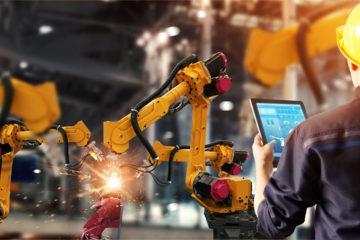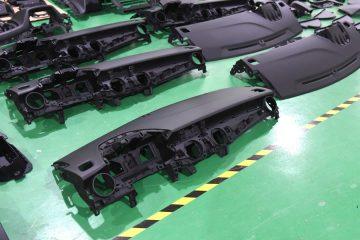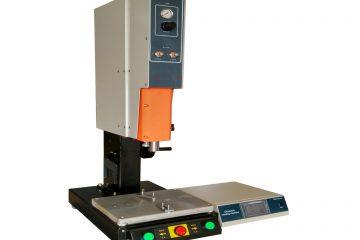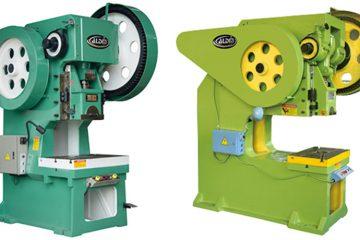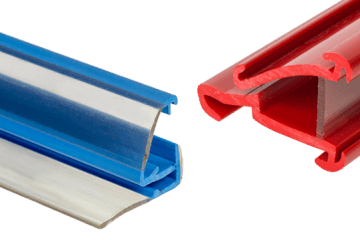
In June 2007, Steve Jobs introduced the iPhone to a twitchy crowd of Apple acolytes.
Much wonderment and applause ensued within the walls…but outside, scepticism was rampant.
Many were wrong.
By the same time the next year, it felt like the whole world either owned an iPhone 1st Gen or intended to. A new precedent had been established; the standards it set still dictate the landscape today. Just one year later, Steve did it again. Standing on the same stage, and wearing possibly the same black turtleneck, the Iphone 3G was unveiled.
So how did Apple get themselves in a place where they could create a piece of tech so wonderful that it was dubbed by some as the “Jesus phone”. How did they build a system that allowed them to better their own product and get it on shelves in just one year?
Vertical integration.It’s not the Messiah – it’s just vertically integrated
Vertical integration basically means keeping as much of your production chain “in-house” as possible, either within your business or with trusted, closely linked partners – where the typical strategy in production is to focus on one area and engage easily replaced contractors to fill in all the gaps.
It is rather famously (in certain circles…) the chosen method not only of Apple, but of aspiring saviour to humanity Elon Musk, whose businesses Tesla and SpaceX both employ vertical integration to great success. SpaceX, for example, has managed to bring the cost of a typical satellite launch down to $60 million from $200 million.
For Apple, vertical integration took the form of owning not only the software and the sexy black design, but the manufacturing of almost every part of the device which ends up on shelves, including the packaging which, as we have discussed, is a vital element in the end user’s experience).
So why don’t we all vertically integrate?
Despite the glowing examples it has to its name, vertical integration is not the norm. The standard approach of outsourcing and contracting suppliers appeals to the risk adverse. Its easier to keep on the same way everyone else does, and easy is safe.
But doing everything the same way as your competitors carries risks of its own.
The common ground between touch screens, space flight, and school seats
When was the last time a chair took you by surprise?
Not in a WWE, the steel chair from outta nowhere sense – when was the last time the design of a chair seduced you with its looks, lured you with unrivalled comfort, really stood out?
Let’s say you’re in the business of manufacturing chairs. And just like everyone else, you source the simplest parts you can out of the cheapest suppliers you can handle and you hope for the best: the moulded seat, the bent and welded tube steel legs, the plastic fittings.
So, like everyone else, you are only putting together other people’s parts.
You don’t understand the injection moulding of the seat, so you cannot push the boundaries of cost, quality or looks. You don’t control the guy welding those chair legs, so you can only yell at his boss if the job is poorly done. You are probably just buying bulk made plastic caps.
The outcome? Your chairs are just like everyone else’s.
You have no control over the quality, the nuances of the design, or how cheap you can get an increase in both, because you don’t have the knowledge – and so there is no seduction, no luring. Nothing stands out.
And those are the two things that vertical integration affords: knowledge and control. (Not seduction and luring.)
By investing in control of the design and manufacture, you are investing in an understanding of those processes – which means you are unlocking the secrets to improving them.
If you understand how the legs of a competitor’s chair were bent, you understand how to beat them, both in quality and cost. That knowledge empowers you to tweak, to improve, to do something unprecedented. And the knowledge you’ve gained in crafting one product to be a cut above is knowledge you can take to all your future products…and subsequently, to the bank.
If you haven’t integrated, all you can do is shop around for cheaper parts – which will almost always come with a quality penalty. That’s a race to the bottom.
Through vertical integration, you control the process. It’s yours. By working with partners who can help you fully understand or even own the manufacturing, you really control how much each part costs, how good each is, and how improvements can be made.
Without vertical integration, you order all these parts from various suppliers, and even outsource putting them together. But even if you have the best suppliers in the world, it doesn’t change one fundamental truth: people run their businesses for their own profit, not yours. You are subject to their quality control, their price fluctuations, and their delivery dates.
So when’s a good time to look at integration?
The long and short is, it’ll never feel like a good time.
Say you’re already selling something, and are just ready to look around for new parts to jam into it.
Usually, you’ll be trying to get through an upgrade process as fast as possible. The reality is that if you even consider reviewing your product, stopping to review the design will be seen as a huge time sink.
It’s true – it does take time. But how else will you know if you can improve quality or lower cost if you don’t stop and check every now and then?
If you’re working with an end-to-end partner like us, then you’re set up to start exploring your options for vertical integration. We can offer the design insight to make your product cheaper and better, and assist you in putting it into production yourself. The expertise offered at each stage could show you just how little risk could be involved in taking the leap to vertical integration.
The improvements you might find could usher in a Renaissance for your business. It could bring about one for your industry. Who knows? Perhaps the “Jesus chair” is just out of reach…and all you need to do to get there is think vertically.
Subscribe to Our Newsletter
Get the latest news from Dienamics into your inbox

















